Why should the future of humanity be shaped by capitalistic principles?
Summary
GLACIA is the name given to a mineral found in the glaciers of Mars lava tubes by a posthumanist astrobiologist, who, dissenting from the capitalistic politics of Elon Musk’s SpaceX colony, left in search for agency over their own future on Mars. GLACIA is also the title of a media ecology of design fiction, interactive experience, and collection of artifacts designed to inspire the viewer to consider futures of living on Mars different from those presented in science fiction and current advertisements for the Mars mission.
Tools + Materials
Rhino3D
Unity3D
Adobe After Effects
Adobe Photoshop
Timeline
2 weeks
Rhino3D
Unity3D
Adobe After Effects
Adobe Photoshop
Timeline
2 weeks
Role
Strategy, Visual Research, 3D Modeling, Animation, Video Editing, Physical Modeling
Strategy, Visual Research, 3D Modeling, Animation, Video Editing, Physical Modeling
Context
This is part 1 of an ongoing series about speculative Mars narratives as told by different walks of life. For this project, I sought to explore how the addition of tangible artifacts made from familiar production process-cooking, extracting--might spark a different level of immersion than just a standalone VR experience.
Visual Research
Analyzing depictions of mars colonization, I found patterns of the same type of architecture, hue, and visions.
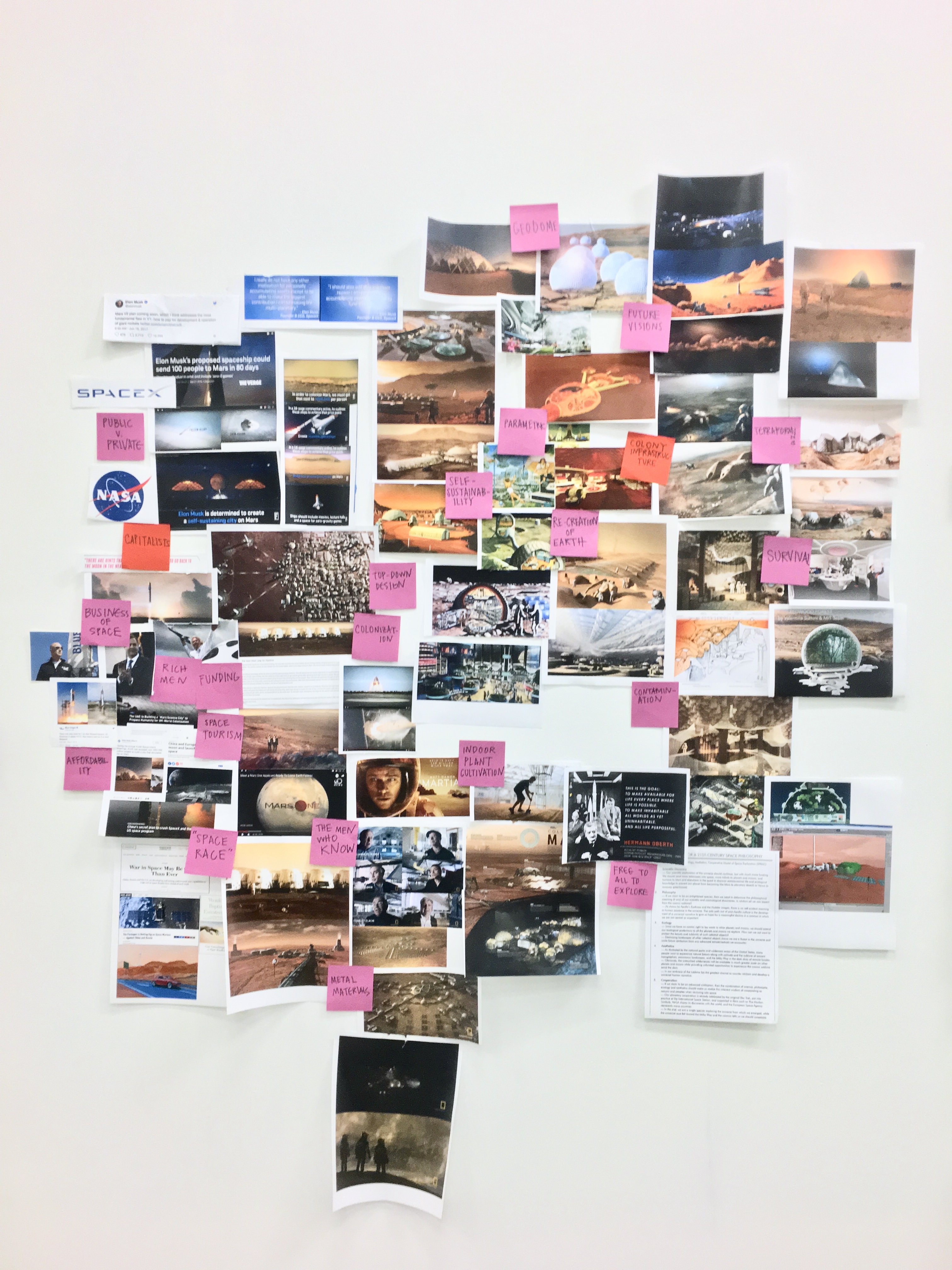
Value Comparison
I initially focused on defining the value system of the character, influenced by the categorization of speculative populations in Dunne and Raby's United Micro Kingdoms. On the left is the list of the Mars Colony world values and on the right is the alternative world values. From there, I imagined a character that would embody these alternative world values and wrote a design fiction.

Design Fiction Synopsis
It's 2055, and the first Mars colony has been made possible by private investment and Elon Musk, the CEO of SpaceX, who believes that the manifest destiny of humanity (America) is to become a multiplanetary species. The colony of 100 habitants has replicated Earth 2.0, building domes and sterile suburbia occupied by NASA scientists, local 'officials,' tourists, and people who gave up on earth and are searching for alternative purpose to life. But for the most part, Mars is for those who can afford it, those who are seen as providing 'value,' and those who run the show exploiting resources and building the economy on Mars.
 Astrobiologist’s GLACIA Cave Painting
Astrobiologist’s GLACIA Cave PaintingFed up with constant NASA budgeting decisions favoring economical value over exploration, the main character takes off on a Space Exploration Vehicle (SEV), a mining robot, their field equipment, food, and astronaut suit. They aim for the next landing site that includes a lava tube, in search for glacial water. After mining through the tube, the astrobiologist discovered blue particles in the air, possibly coming from the walls of the basalt lava tube. After analyzing the sample of basalt, they conclude that the elements' configuration contains properties that allow for an unprecedented reaction of energy and oxygen exhaust. The astrobiologist then finds the glacier, and next to it, a sun spot that has high concentration of what he names GLACIA in its small diameter.
 View of the chamber from above
View of the chamber from aboveAfter 30 SOLs, the astrobiologist has run out of human food and is dependent on recipes, cooking, and harvesting system they have designed utilizing a combination of GLACIA concentrations with Mars basalt. Part of the "cooking" process is utilizing the sun that shines through the hole, incubating the heat and radiation with disassembled parts from the NASA SEV. They have also decided to stay there permanently to try to see if it's possible to live off Mars' natural resources.
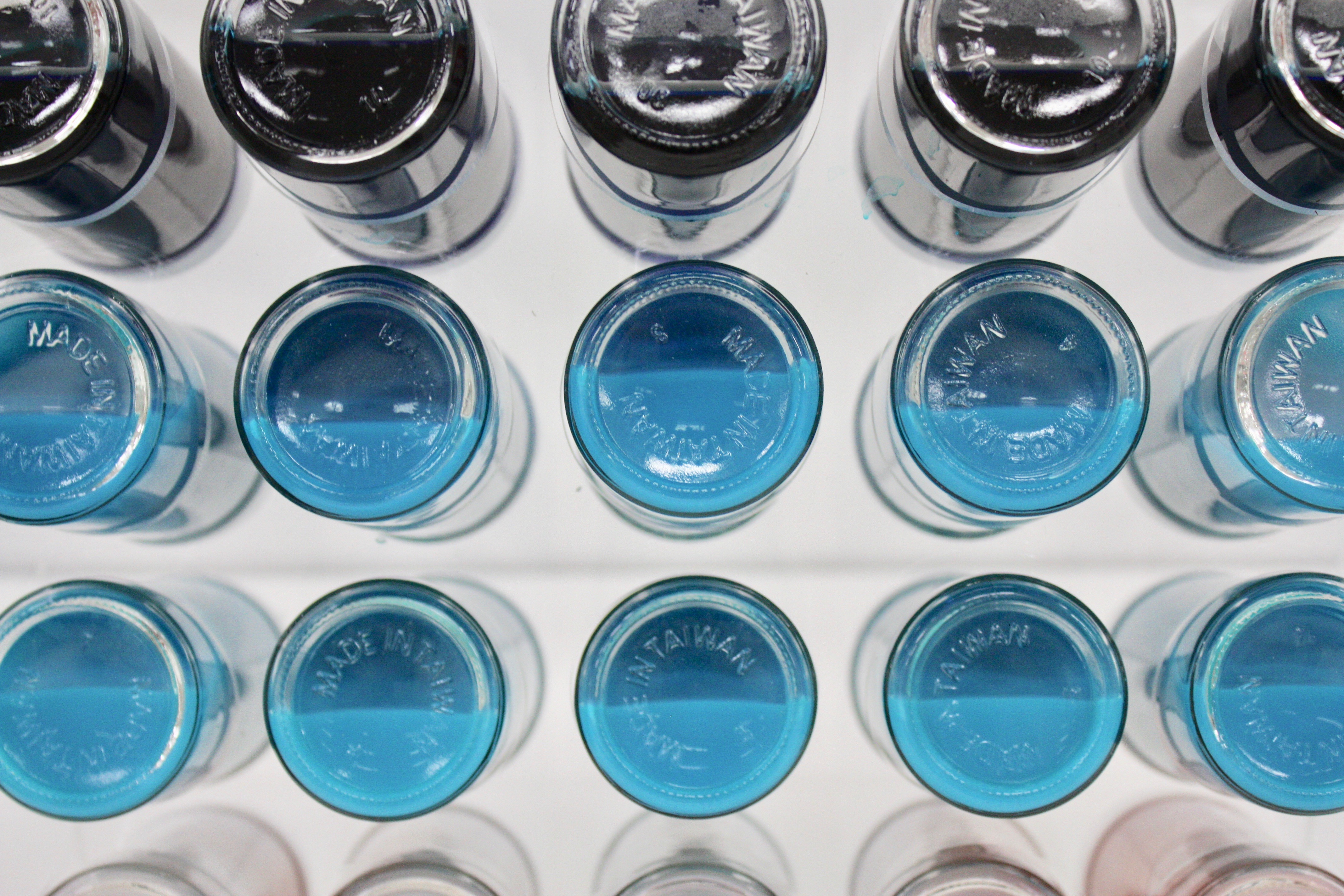
After 50 SOLs, the astrobiologist has reached a mental state of transformation. Exposure and consumption of GLACIA has altered their body such that deposits of mineral are replacing their original bone structures, and their skin has thinned, requiring more heat. The astrobiologist, seeing these biological effects has concluded that they have reached a new hybrid state of functioning.


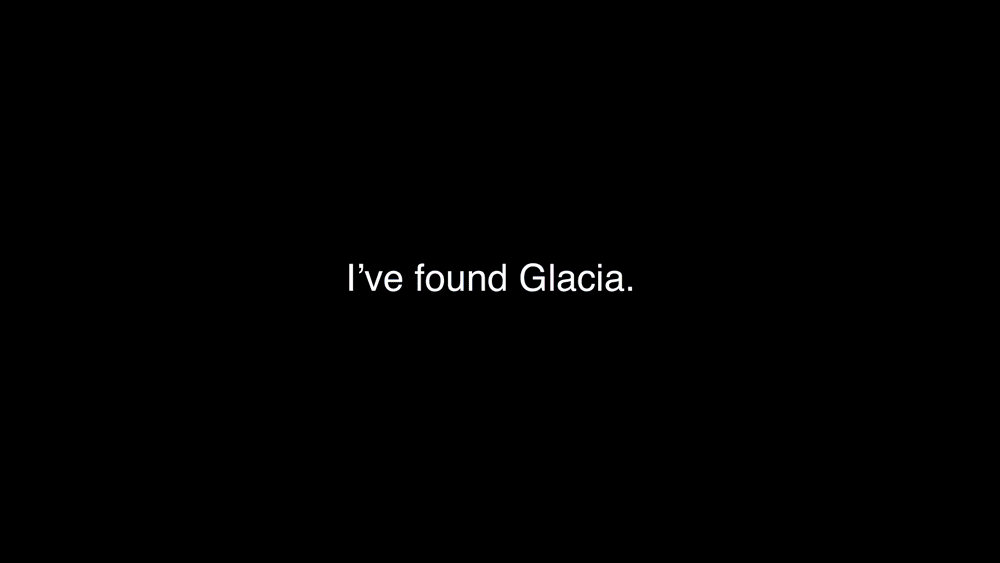
Glacia Cosmovision
Convinced that they are reaching immunity to the atmospheric conditions of Mars, they renounce their astronaut suit and breathe GLACIA particles in the sun-filled chamber. Staying for SOLs in isolation with nothing to look at other than the sun above, the astrobiologist begins hallucinating, thinking that they have reached a new state of conscious, vomiting as a sign of purifying, dizziness as transformation, and muscle malfunction as possession. In reality, the astrobiologist dies quickly from radiation exposure and malnutrition. When his body was found, a collection of spheres of red and blue dots were stored under a part of the SEV. They were fruits. Indeed, the astrobiologist had found a way to cultivate Mars resources to reproduce and spread seeds on Mars land.

Astrobiologist’s Notebook




I created a diary that told the story based on notes and sketches.
Immersive VR/Film



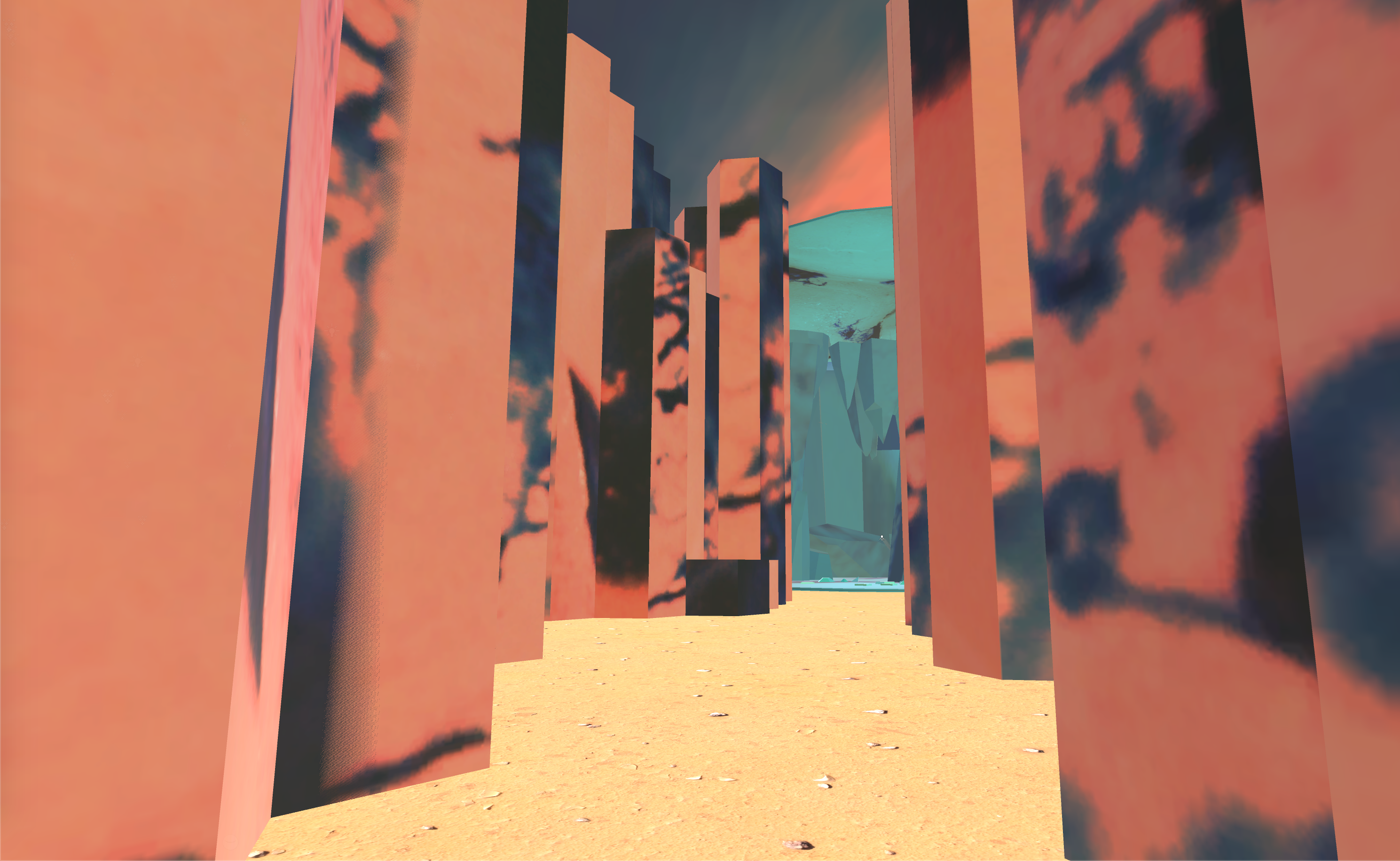
The main objective of the VR experience was to immerse the viewer in the exploration and discovery of GLACIA particles, the glacier and the sun chamber. Originally I wanted to use an HTC vive so the player could move around but was not able to gain access to the technology. As a result, the VR visuals I wanted to highlight were compressed into a short trailer of the entire story. This seemed like a nice alternative to the VR experience since the project was so narrative based and detailed.
Artifacts Supplementing the VR Experience
I took a scientific/experimental approach to extracting, ‘cooking’ GLACIA materials, and a proposed GLACIA fruit--symbolizing the evolutionary biology of GLACIA.

Basalt rock with glacia pores

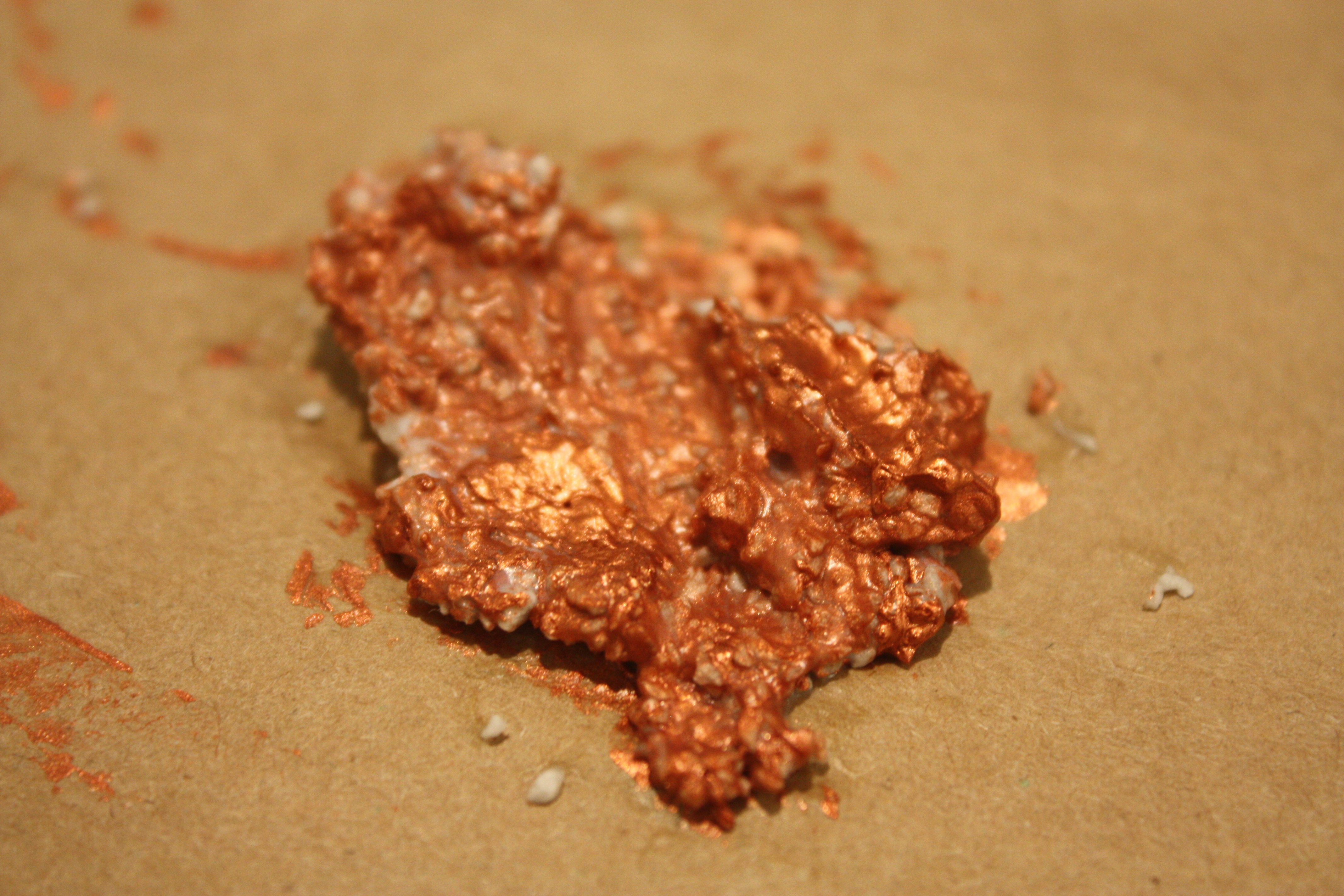



Cooking GLACIA:





Liquid/frozen solutions of GLACIA:


GLACIA fruit


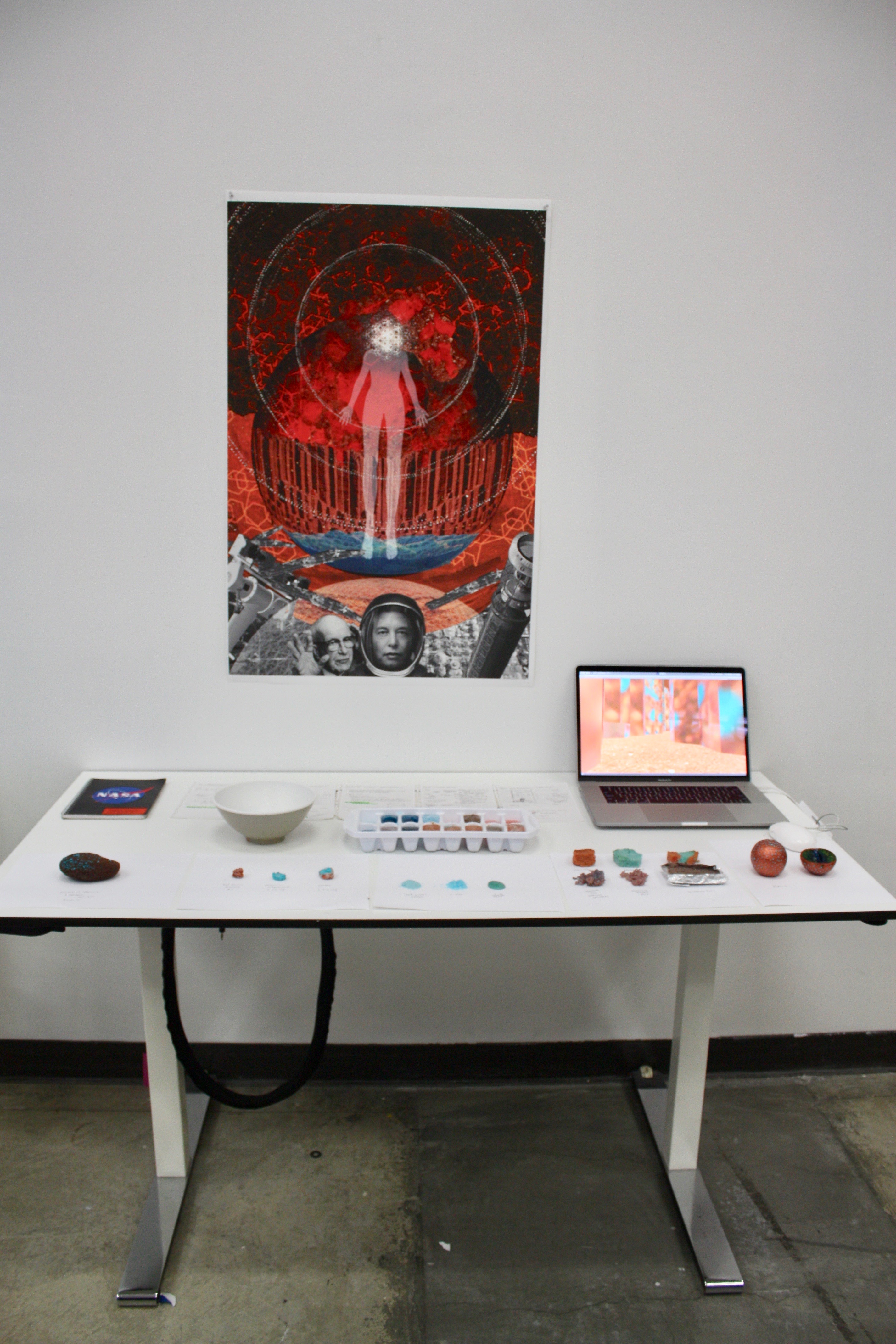
 Final Presentation
Final Presentation